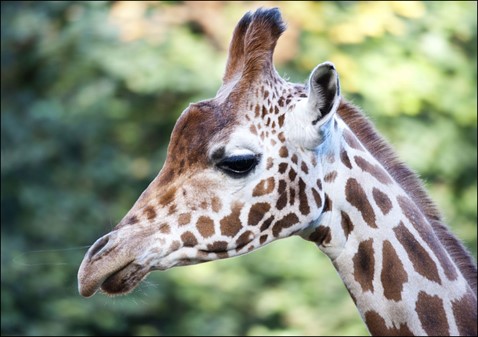Welcome to 2022. We have all made those New Year’s resolutions that focus on improvement or growth. JGL’s assessment process for food service and retail operations does the same. Our first blog of the New Year is a list of six of the experiential review and key metrics Team JGL uses when working with a zoo or aquarium to assess and improve their food service and retail operations.
Food Service
- Per Capita Sales – Develop annual per capita sales (total visitor food service sales divided by total attendance). Chart this metric out by month and for the past three years. Look at it by location and by month. The per capita sale should at minimum remain constant (assuming no price increases) or increase at the same rate as price increases. A decreasing per cap is a potential sign of trouble. Does the per cap decrease as attendance increases? That is a sign of capacity issues. Approach the per cap analysis as a detective, and you will be sure to find some interesting facts.
- Business by Location – Gather sales data and plot what percentage of business is attributable to each location. This is particularly important for zoos that have large campuses. Review volume by location in comparison to the typical guest path. Are the majority of the outlets situated early or later in the guest path? This exercise may help identify optimal areas to consider pop ups or ancillary test locations.
- Signage and Website Audit – Pretend you are a first-time visitor to the facility. Is it clear where the café(s) are located? Does your website feature information (with beautiful photos) about your café(s)? Posted menus on the website will help drive business (assuming the offerings are varied and appealing). The more visually appealing the website and the clearer the directional and informational signage is, the more business your café(s) will have.
Retail
- Per Capita Sales – Much like food service, the retail per capita measure is important. Among our zoo and aquarium clientele, we saw a significant increase in the per capita sale in 2021. In some cases, it doubled. Many attribute this growth to “revenge spending” but regardless, if your facility has not experienced significant increases, you should investigate why.
- Sales per Square Foot – This is an important measure that can be quite revealing. If sales per square foot are markedly different for particular locations try to determine why. Is the product mix different? Is one location far superior? Bringing an under-performing location up to par can generate meaningful incremental sales.
- Unique Merchandise – How engaging are the retail stores? Can the product be found at any aquarium or zoo, or just yours? The more product that is unique to your particular facility (with products spanning all age ranges), the more likely a visitor will be compelled to make a purchase.
These six points are just a few of the things JGL considers when assessing an operation. Ideally, your facility’s in-house food service and retail team or outsourced vendor is regularly reviewing these elements and more. Unfortunately, we find all too often food service and retail is on “auto pilot” or in a reactive mode with little time being spent on proactive planning. We hope these ideas will stimulate some review for 2022. As always, we love to talk so feel free to reach out and ask us a question!

